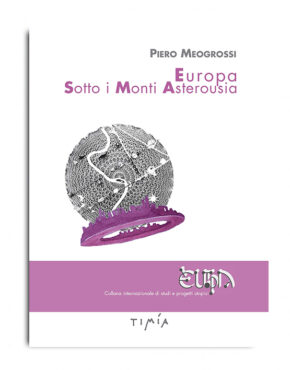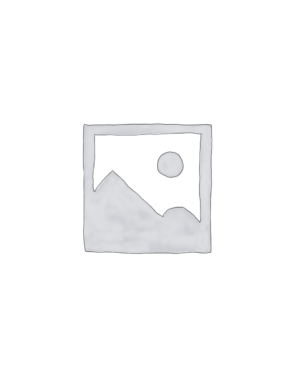Although Bruno Regni was born in Pescara on 5 December 1940, he was a lifelong Roman. He studied at the Art High School in Via Ripetta, where his teachers included the painters Carlo Socrate, Diego Pettinelli, Marcello Avenali, Afro and Gastone Novelli, and the sculptor Edgardo Mannucci. He attended the Valle Giulia Faculty of Architecture in the 1960s, with courses by Del Debbio, Minnucci, Piccinato, Zevi, Quaroni and Lugli. In collaboration with others, he designed housing and industrial complexes, as well as several settings for exhibitions and monuments. At the same time he was publishing articles and essays on Roman architecture and urban planning in specialist and culture magazines, with a particular focus on artists and events from the end of the 19th century to the first half of the 20th. In particular, he was curator of the educational exhibition “L’architettura moderna e l’architettura a Roma del 1928 ad oggi”; he also took part in the IPSOA exhibition in the Colosseum, in the section”Autarchia di materiali e autarchia di forme”; in collaboration he published a monograph on the architect Innocenzo Sabbatini and, to mark 50 years of the Città Universitaria campus in Rome, he curated a dossier for the international planning seminar. Alongside his studio work and research, he has recently returned to painting, specifically creating artists’ books
Il Verano. L’Arte e gli Artisti
Presenting a historical, artistic and cultural itinerary of Rome, the Campo Verano monumental cemetery is one of the city’s less-known sites, despite its size and its wealth of fascinating features. The somewhat scarce information about the site has highlighted the value of the open-air museum, while nevertheless prioritising a journey that bears witness to illustrious lives, mainly of politicians, scholars, stars of film and theatre etc. But the publicity hardly ever notes the artists and architects, painters and sculptors, but also artisans of marble, mosaic and glass who are buried here and, similarly, little attention is paid to the artworks left to the Verano by these artists, which are considered minor works. This book attempts to fill this gap in Rome’s art history by returning due attention to works of merit and the many artists who created them, very often fallen into oblivion despite their stated quality; but it also seeks to acknowledge the work of otherwise established artists, for whom this kind of work – although a secondary interest – has provided opportunities for experimentation. Although the locations of the paintings, sculptures and architectural features listed are given in the text, the book should not be seen as a kind of tourist guide to an ‘alternative’ attraction. It was conceived as a research project within a neglected area of art history and the story of Rome.
35,00€



![Cover_IlVerano[C]](https://www.timiaedizioni.it/wp-content/uploads/2018/11/Cover_IlVeranoC.jpg)

